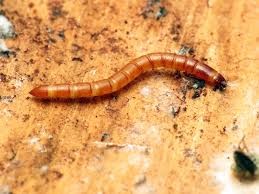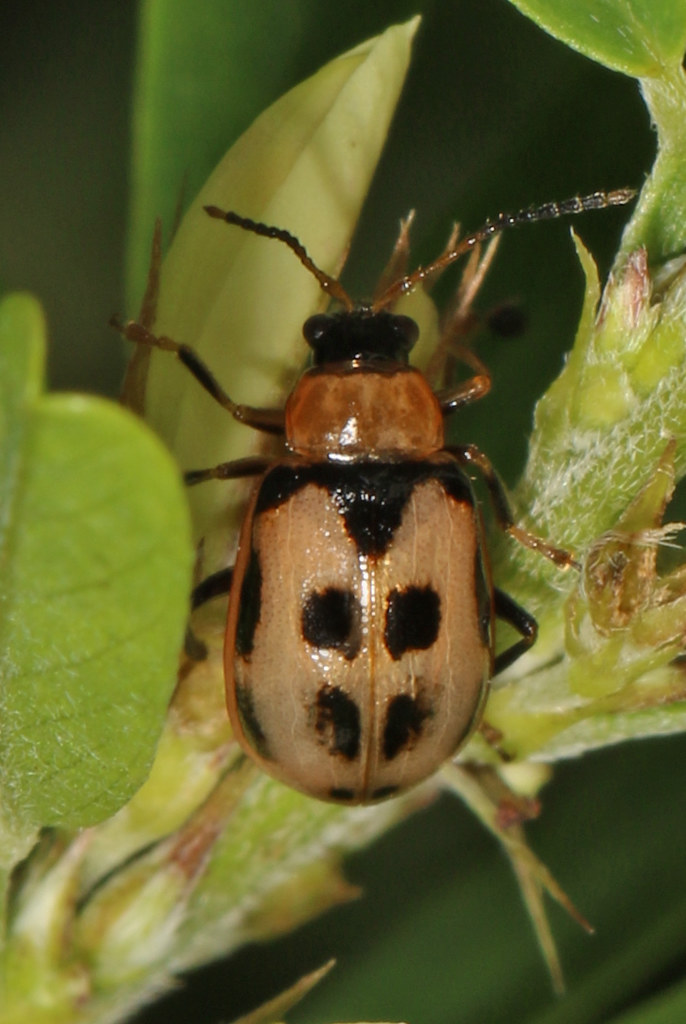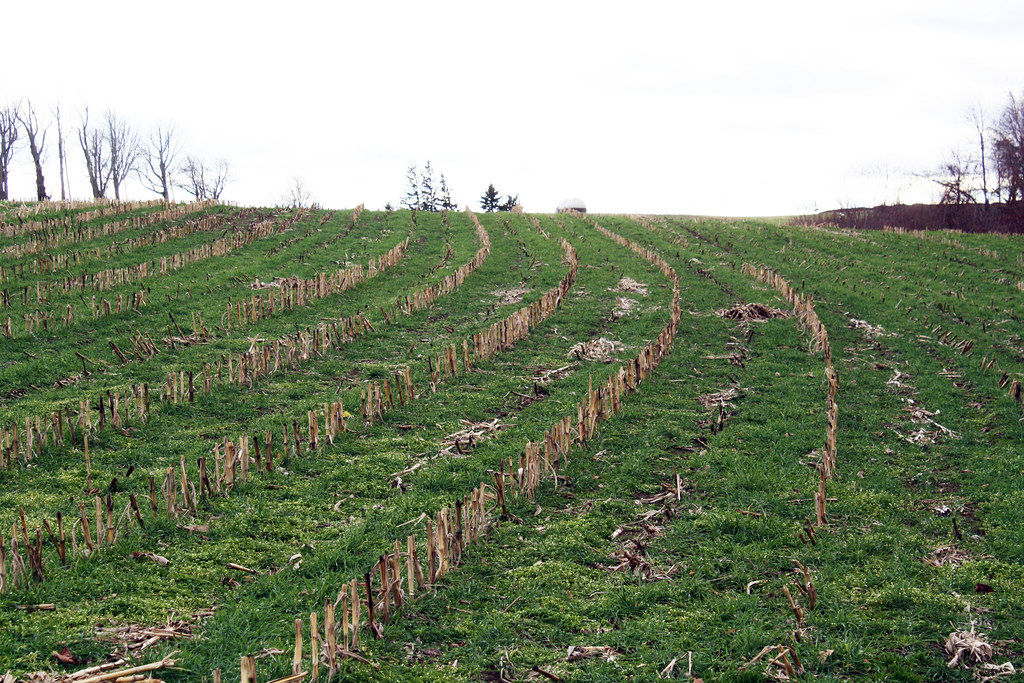ILSOYADVISOR POST
Early Bean Gets the Worm
April 21, 2020
There is no doubt that each year growers are testing the limits of early planted soybeans. Although most talk about the risk of disease and frost, insects are also a large factor that could hinder the overall yield potential. Early season insects in soybeans can be an economic issue if they are not taken seriously, but there are a few steps to take to help mitigate a potential loss.

seed or newly developed roots.
What pests are an issue in Illinois?
- Seed corn maggot
- White grubs
- Wireworms
- Grape colaspis larvae
- Bean leaf beetle
- Early season aphid
The seed corn maggot, white grubs, wireworms and grape colaspis larvae are all underground pests that feed on either the soybean seed itself or newly developed roots. These pests overwinter in the soil, heavy residue or fields with cover crops. Their damage will result in a reduction of population, missing or stunted plants, and plants that have emerged and died.

attacks emerged tissue.
The bean leaf beetle (BLB) and early season aphids are above-ground pests that will attack the emerged tissue. These pests also overwinter in residue and the soil. The BLB will emerge at approximately the same time as early planted soybeans, colonize and feed in the soybean field. If there is not much growth, the beetle can easily cause economic damage. The BLB is also the most widely known pest for being a vector of the bean pod mottle virus; early transfer of the virus can result in issues later in the season.
Reducing Early Season Insect Impact
- Crop rotation
- Tillage
- Seed treatments/insecticides
Crop rotation is the first place to start. Though there are very few continuous soybean fields, pests are more likely to cause crop damage in those situations. Cover crops and minimum tillage systems offer alternative host plants and residue that help overwinter these insects. Conventional tillage can alleviate some of the wireworm pressure but is not a cure-all. Thus, an insecticide seed treatment (IST) is almost always justified when planting soybeans early. Dr. Victoria Kleczewski recently presented an ILSoyAdvisor webinar where she explained that IST’s are simple in that we have one class of chemistry, neonicotinoids, available with different actives and rates. Seed treatments are water soluble and will protect the growing plant for about a month as the residual control lingers after planting.

crops are more likely to overwinter
and contribute to early-season pests.
Unfortunately, it’s difficult to economically justify a rescue treatment because most of the damage is already done once we see an issue. Of all the control tactics for insects: cultural, biological, chemical, and insect-resistant crops, only one or two of these options give us the ability to apply after the crop is planted. So being proactive and preparing your soybean seed is the best management tool. Later-planted soybeans usually have an entirely different set of obstacles, but if you’re going to plant early soybeans this year, a little preparation can go a long way.
References:
Hoeft, R. G. (2000). Modern corn and soybean production (First). Champaign, IL: MCSP.
Illinois Soybean Association, 2020. Improving Yield Potential While Reducing Early Season Soybean Risk. [webinar] Available at: https://www.ilsoyadvisor.com/on-farm/ilsoyadvisor/webinar-improving-yield-potential-while-reducing-early-season-soybean-risk





Comments
Add new comment